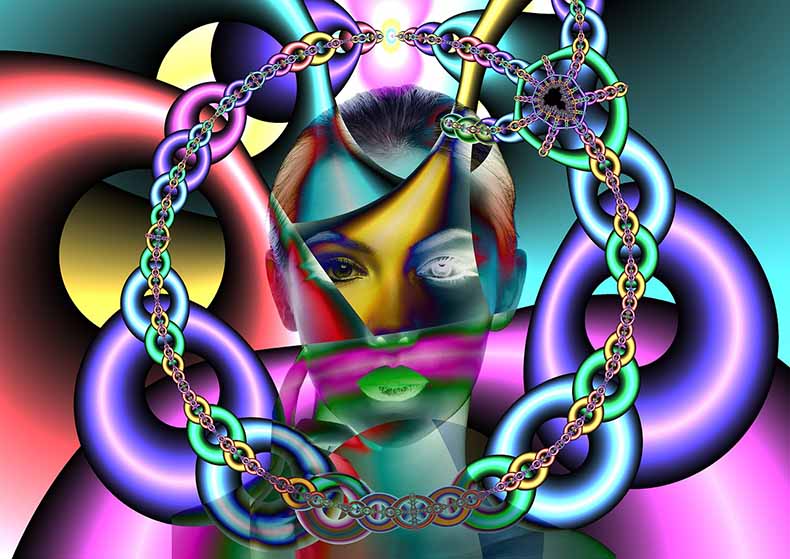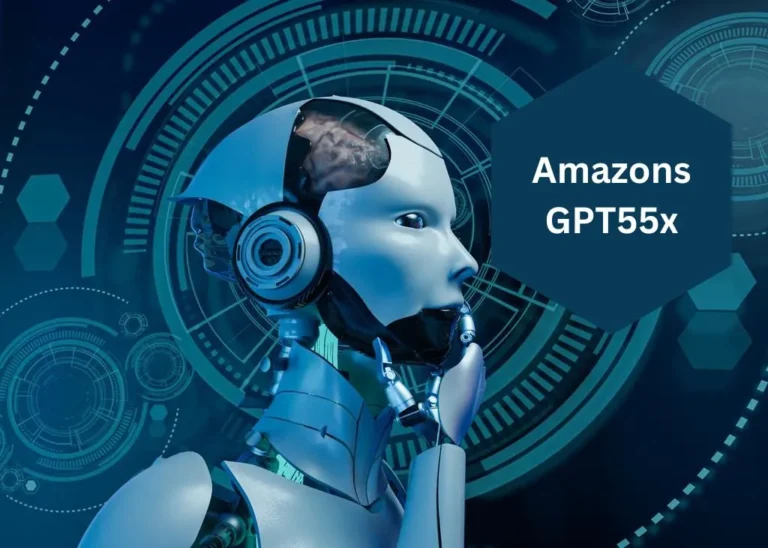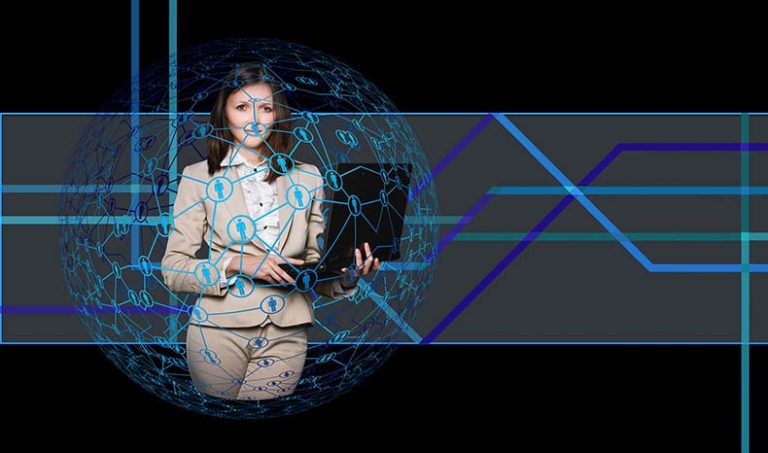How technology can Help with Bipolar Disorder
While many of us have reliable internet and good service providers did you know that technology can help with managing bipolar disorders? It sure can, and here, we’ll talk about what technology is used to help with bipolar disorder, and why these treatments can help with managing symptoms
Memory Aids
Some people notice triggers when they’re stressed or frustrated. Oftentimes, one of the best ways to prevent this from setting off is apps and planners to remind you.
This can help you stay focused and remember important things you need to do, no matter if you’re in a mania or depression cycle. Apps such as Evernote and Wunderlist, or even just using the notes and reminders functions on your devices is a good way to remind yourself of important events.
Charting Moods
Technology is also used to chart your moods. This helps you look at when you have bipolar symptoms, and also helps you look for triggers and even cycles too.
While some people use a pen and paper to do this, a digital record may be better, especially if you’re charting for a period of time. MoodTrack Diary for example can help you see the timeline of moods, to help you see your cycles. Moodlytics is also a good way to help you track since it offers you the opportunity to tag or even post photos of your moods. This can help identify various causes of the cycles too.
eMoods is another. This one even helps track sleep, your medications, and even symptoms related to this. You can attach your doctor or therapist’s emails to the end of this, so they can look at how you’re faring and offer assistance as needed.
ECT
While ECT may seem controversial, some people with bipolar disorder have benefited from this. It can be a mild treatment for bipolar.
During this, small currents of electricity are sent to the brain, which can cause a small seizure. However, this has been used not only to help with depression, but can also be done to help with bipolar symptoms too. Usually, this is done with anesthesia in a hospital as well.
Vagus Nerve Stimulation
Finally, there is vagus nerve stimulation, which involves putting a small device about the size of a pacemaker into your skin near the left part of the chest. This creates small stimuli directly to the vagus nerve, and is used to help not only with bipolar disorder, but also unipolar depression and recurring depression that’s treatment-resistant. Usually, this doesn’t create any side effects other than hoarseness, shortness of breath, or a sore throat.
Get Help for This
While there is technology in place to help treat bipolar disorder, if you’re unsure whether or not you need more invasive treatments, or just technology to manage your symptoms, it’s important to get help for this.
Talking to a therapist about this is beneficial too, but that also involves knowing whether or not you have bipolar disorder, and also, what type you have.
If you think you have bipolar disorder, there is no shame in getting help, and learning more about it is really good for you too.
The best way to learn about it is to read up on it, and you can go to Mind Diagnostics to learn more about this condition, and important information regarding it.
That way, you can get the right treatment for yourself.
Technology has come a long way, and with advancements in mental health, technological treatments for bipolar disorder are not common. This can help manage symptoms, making it easier for you, and help to manage even the worst episodes of the condition too.







